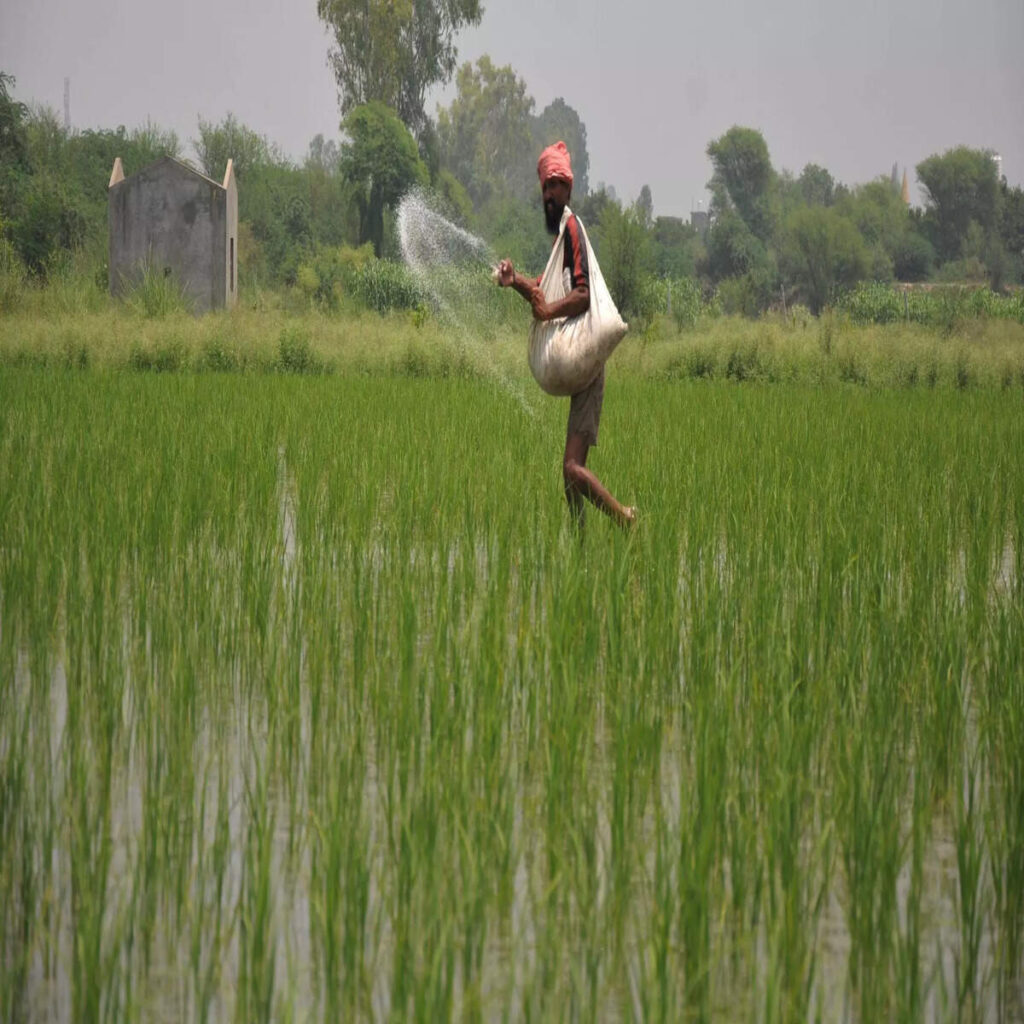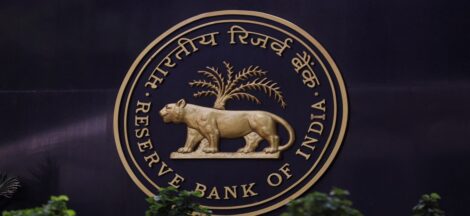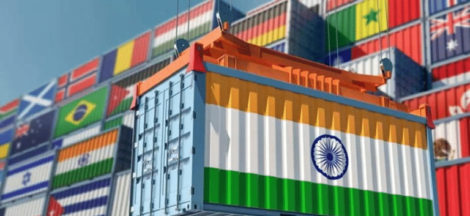NEW DELHI: The global price of di-ammonium phosphate (DAP), the second most consumed fertilizer after urea, has risen by over 13% since April, to $ 652/tonne at present. Fertiliser subsidy for FY26 may spike if DAP prices stays elevated in the coming weeks, as the government intends to keep the maximum retail price unchanged.
Industry sources told FE that since the country meets DAP requirements via imports , any spike in the global price of the soil nutrient is expected to push up the cost of imports for the companies. At the beginning of the year, DAP prices were in the range of $ 550 – 560/tonne.
Currently the landed cost of DAP is higher than the subsidies provided by the government and retails prices of soil nutrients.
Retail prices of phosphatic and potassic (P&K) fertilisers, including DAP were ‘decontrolled’ in 2010 with the introduction of a ‘fixed-subsidy’ regime as part of NBS mechanism. However, open-ended subsidy policy for these soil nutrients has been followed in practice in recent years, akin to the regime for urea.
However industry sources said that like last fiscal, the government is likely to provide additional subsidies beyond the nutrient based subsidy (NBS) announced twice at the beginning of the kharif and rabi season s respectively.
For the current kharif season, the government has increased the subsidy on DAP under the NBS regime to Rs 27,799/ tonne. At the same time the MRP of DAP has remained unchanged for the last couple of years at Rs 27,000/tonne or Rs 1350 per 50 kg bag.
This implies that companies get Rs 54,799/tonne from subsidy and MRP while the landed cost is over Rs 55,000/tonne which excludes costs such as customs duty and other handling charges.
“If the global prices of DAP continue to rise further, it would be a hugely loss making proposition to import fertiliser,” a source said.
However officials have stated that the MRP of DAP would remain at the same level to insulate farmers against rise in global prices of soil nutrient.
The annual domestic production of DAP is around 4.5 – 4.8 million tonne (MT) against demand of 10 to 11 MT.
The country imports DAP mainly from West Asia and Jordan while the domestic MoP demand is met solely through imports from Morocco, Saudi Arabia, Belarus, Canada and Jordan, etc). The government has entered into long-term agreements with Morocco and Saudi Arabia for the import of about 2 million tonnes annually from each country.
The government has stated that DAP imports were impacted due to Red Sea crisis since the beginning of the year, as ships are rerouted and take an additional 6500 km through the cape of Good Hope, South Africa thus taking an additional 14 – 45 days for the consignment to reach Kandla port.
“The subsidy would be provided to the fertilizer companies as per approved and notified rates so that fertilizers are made available to farmers at affordable prices,” according to an official note.
Usually the government announces subsidies under the NBS mechanism twice a year before the commencement of kharif and rabi crops sowing.
However the government has been making special financial provision for additional subsidies in case of a spike in global prices. Due to rise in global fertiliser prices, fertiliser subsidy in FY25 was revised to Rs 1.91 lakh crore from budget estimate of Rs 1.68 lakh crore. For 2025-26 budget estimate, Rs 1.67 lakh crore has been allocated under fertiliser subsidy.
Since March, 2018, the retail urea price has remained unchanged. The scheme allows retail prices of the key soil nutrient to farmers to be kept at 242 per bag of 45 kg, even as the current cost of production is around Rs 2,600/bag.
Source: The Financial Express




 Digital Banking Units Fail To Touch A Chord With Customers
Digital Banking Units Fail To Touch A Chord With Customers 